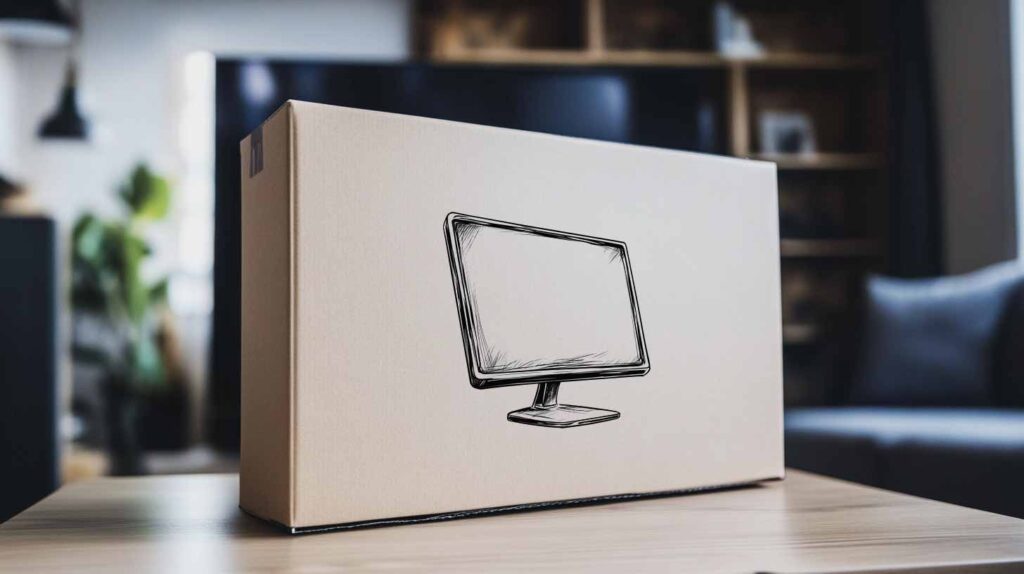When you purchase a new monitor, testing its quality and performance is essential to ensure it meets your expectations. This is particularly important when buying online, where you may not have the chance to inspect the monitor before it arrives. Testing helps you identify any defects, such as dead pixels, uneven brightness, or performance issues, and allows you to address these within the warranty or return period.
Why Testing Your New Monitor is Important

Testing your new monitor ensures it performs as advertised and helps you catch any potential issues before they become a long-term problem. Here’s why testing is essential:
- Early Problem Detection: Identify defects like dead pixels, backlight bleed, or inconsistent color performance.
- Optimal Setup: Fine-tune settings such as brightness, contrast, and refresh rate for the best visual experience.
- Hardware Compatibility: Ensure your new monitor works seamlessly with your PC or gaming console.
Considerations for Different Monitor Types:
- Gaming Monitors: Focus on refresh rate, response time, and input lag. These factors are critical for smooth and immersive gameplay.
- Professional Monitors: Prioritize color accuracy and uniformity, especially for tasks like photo editing or graphic design.
- Budget Monitors: Check for basic functionality and common issues like uneven backlighting or poor pixel response.
Also read:
How to test used monitors
Testing Monitor Wires and Built-In Features
1. Inspect and Test Monitor Wires
- Visual Inspection: Check for damage, such as frayed edges, bent pins, or loose connectors.
- Connection Test: Ensure each cable securely connects to both the monitor and the device.
- Port Functionality: Test all available ports (e.g., HDMI, DisplayPort, USB-C) by switching cables or devices.
- Cable Compatibility: Verify that the cables support your monitor’s resolution and refresh rate (e.g., HDMI 2.1 for 4K/120Hz).
2. Evaluate Built-In Features
- Audio System (if available): Test the built-in speakers by playing audio and adjusting volume settings.
- USB Hub and Ports: Connect devices like USB drives, keyboards, or phones to ensure ports provide power and transfer data correctly.
- On-Screen Display (OSD): Navigate the menu to adjust settings like brightness, contrast, and inputs. Confirm smooth operation and functionality of buttons or touch controls.
3. Specialized Features
- HDR Testing: Play HDR-compatible content and ensure vibrant colors, enhanced brightness, and deep contrasts are displayed.
- Adaptive Sync (G-Sync or FreeSync): Use a compatible device to test for smoother motion and reduced screen tearing in games or videos.
- Touchscreen Responsiveness (if applicable): Test for smooth swiping, tapping, and multi-touch gestures, ensuring no unresponsive areas.
How to Test a New Monitor for Dead Pixels
Dead pixels are a common concern with new monitors and can affect the overall experience. Dead pixels appear as small dots that stay black, white, or stuck on one color, disrupting the display.
Steps to Check for Dead Pixels:
1. Full-Screen Color Test: Display solid colors (e.g., white screen, black screen, red screen, green screen, blue screen) one at a time across the entire screen. Or use tools like the profeccion monitor test available here: https://allcolorscreen.com/monitor-test/.
2. Inspect the Screen: Slowly scan the entire display, looking for any stationary, miscolored, or dark spots that stand out.
3. Repeat in Dim Lighting: Perform the test in a room with moderate lighting to detect subtle pixel issues more easily.
For All Monitor Types:
• IPS Monitors: Dead pixels are often more noticeable on these displays due to their high color accuracy and wide viewing angles.
• TN Monitors: Dead pixels might be harder to spot on lower-resolution screens but are still worth checking.
• OLED Displays: Watch for non-responsive pixels or color inconsistencies, which may indicate manufacturing defects.
Next Steps: If you find dead pixels, refer to the manufacturer’s warranty policy. Many brands allow replacements if the number of dead pixels exceeds a certain threshold.


